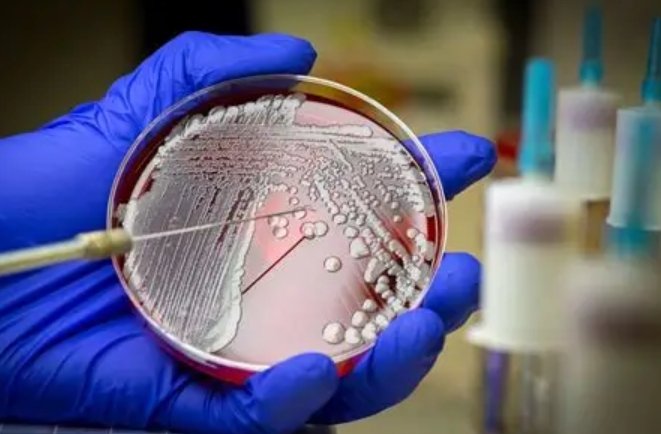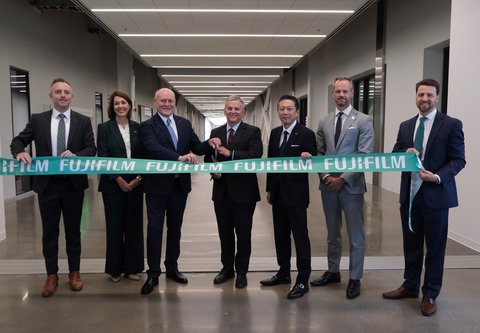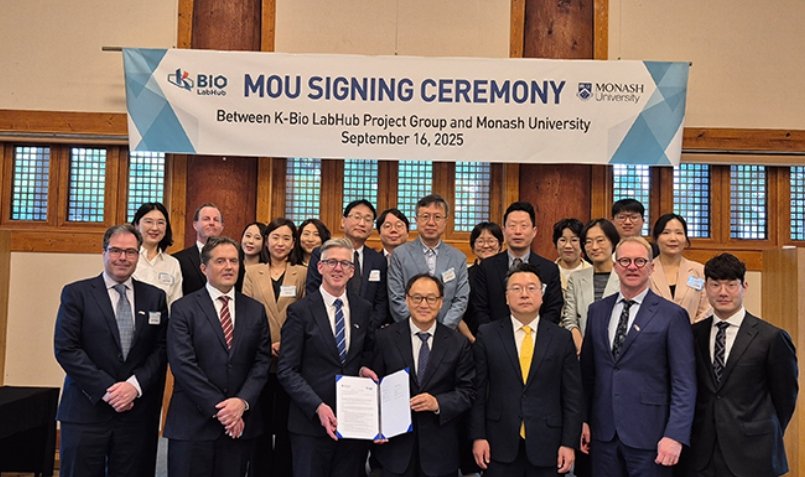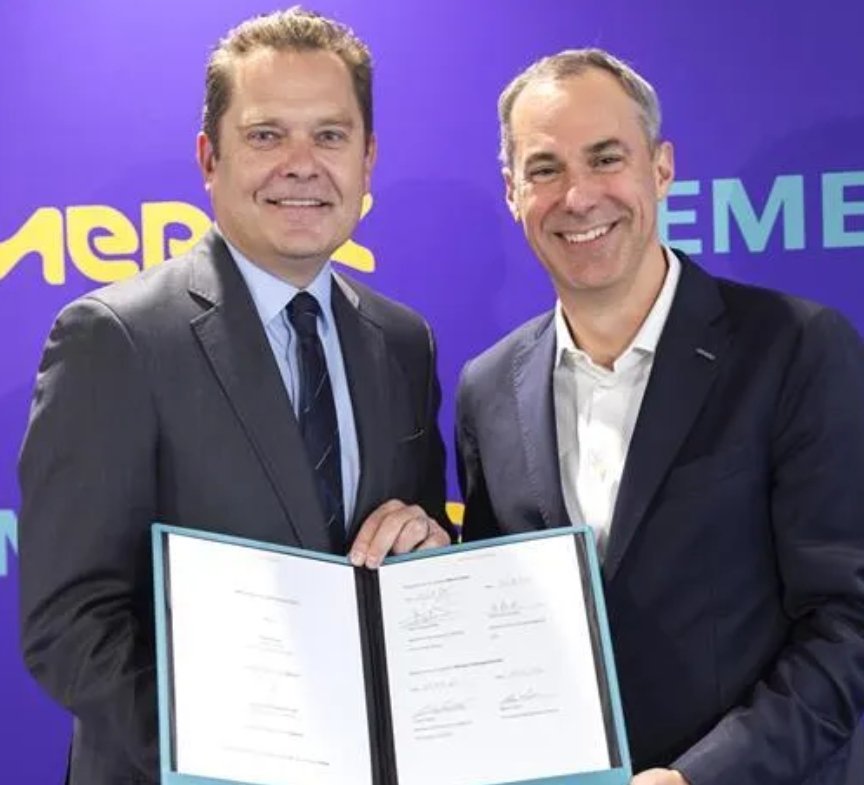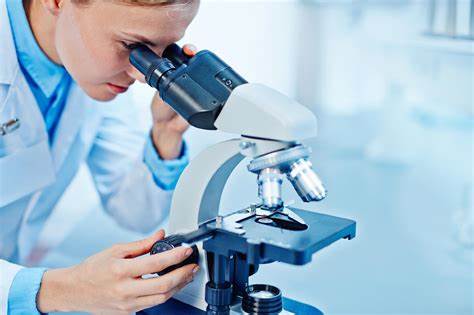
image credit- shutterstock
In today’s medical landscape, every breakthrough in treatment, from cancer therapies to rare genetic disorder solutions, often starts with a generous donation—whether it's cells or tissues. Donor samples are fundamental to drug development, representing the diversity of human biology to drive research forward. However, securing these samples is filled with challenges, including the need to recruit diverse donors, manage the logistics of sample collection, and ensure proper storage. Despite these obstacles, the pursuit of targeted, effective treatments continues, although donor retention rates remain around 40-45 per cent. To fully unlock the potential of future medical advancements, we need to rethink how we approach donor recruitment, engagement, and retention.
Overcoming Barriers to Donor Recruitment and Collection
One of the most significant hurdles in donor recruitment is the limited pool of eligible individuals, especially for diseases that have highly specific sample requirements. For instance, research into conditions like pancreatic cancer faces low donor availability due to the rarity of the disease and the stringent need for samples. This limitation makes it difficult for researchers to gather sufficient viable samples for study.
For many studies, researchers require both diseased and normal (healthy) samples to make meaningful comparisons. Normal donor samples, representing healthy tissues or cells, provide essential baselines in research. These healthy samples allow scientists to compare how diseases progress in contrast to normal biological processes. Without these comparisons, it would be impossible to distinguish the unique mechanisms of disease from typical cellular behaviour.
In many cases, specific disease state research relies heavily on the availability of donors with particular conditions, adding another layer of complexity. For example, research into autoimmune diseases, certain cancers, and genetic disorders often requires donors who are currently undergoing treatment or are in advanced stages of illness. These donors not only help scientists understand disease progression but also allow researchers to identify biomarkers critical for developing targeted therapies.
Geographic constraints also add to the challenges. Potential donors who are willing to contribute may be located far from collection centres, limiting their ability to participate. Furthermore, patients’ availability may fluctuate based on their treatment schedules, adding to the uncertainty of timely donations. However, creating extensive networks across multiple regions can help bridge these gaps, making it easier to access a reliable and diverse pool of donors, both healthy and diseased. These networks are especially crucial for supporting disease state research, where timely and specific sample collection is vital for progressing treatments and diagnostics.
Optimising Donor Engagement and Retention Strategies
What if the donor experience felt less like a sterile clinical exchange and more like becoming part of a mission? Engaging donors on a deeper level can significantly improve recruitment and retention rates. Providing regular updates about the research their samples contribute to and sharing the progress made thanks to their participation can help donors feel more connected to the cause. Recognition programmes for repeat donors, such as offering tokens of appreciation or public acknowledgement, can also encourage ongoing involvement.
Another key strategy for improving retention is offering flexibility in how donations are collected. Some donors may only qualify for standard clinical specimen collections, while others may qualify for donor centre-collected specimens and can donate additional collections like leukapheresis, which gathers concentrated white blood cells (leukocytes) from a donor’s blood. For disease state research, having options that accommodate the health and treatment schedules of patients is essential. For donors providing normal (healthy) samples, flexibility can include convenient times and locations that ensure minimal disruption to their daily lives. By providing a variety of options, researchers can ensure that the collection process aligns with the donor's preferences and comfort level. Additionally, technology can streamline the process—from scheduling appointments to direct communication with donors—reducing the administrative burden on both sides and minimising drop-off rates.
Personalising the donor experience is equally important. Tailoring communication based on a donor's history, preferences, and the impact of their specific contributions can make donors feel valued and appreciated. When donors see the tangible results of their involvement—such as advancements in drug development or successful clinical trials—they are more likely to stay engaged. This is especially impactful in disease state research, where donors can witness the direct effect of their contributions in developing new treatments for the conditions they face. Personalised outreach, highlighting the difference they’re making, fosters a stronger connection to the research cause and encourages continued participation.
The Role of Donor Samples in Advancing Research and Personalised Medicine
Donor samples play a pivotal role in both basic research and personalised medicine. These samples are not only essential for studying diseased tissues but are equally important for providing normal (healthy) control samples. Control samples serve as a baseline, allowing researchers to compare diseased tissues with healthy counterparts, which is crucial for validating scientific findings and ensuring the accuracy of research results.
Healthy donor samples are especially critical in many research scenarios. For example, in studies that seek to understand how cancerous cells differ from normal cells, researchers must rely on healthy samples to act as a reference. Similarly, in personalised medicine, these normal (healthy) samples can help identify what deviations in the body’s biological processes are contributing to disease. Healthy donors often provide blood, tissue, and other specimens that are fundamental to shaping treatments tailored to individual patients.
In disease state research, donor samples are even more essential. Researchers rely on these samples to track the progression of diseases, study the cellular mechanisms involved, and test new therapies. For example, in oncology, donors with different stages of cancer are needed to assess how tumours evolve and how treatments impact them at various stages. This type of research cannot progress without consistent and reliable donor samples that represent the specific diseases being studied.
In personalised medicine, donor samples are even more critical. They help identify key biomarkers, enabling researchers to tailor treatments to the unique characteristics of a patient’s disease. By leveraging these biomarkers, scientists can develop therapies that are more precise, improving treatment outcomes and reducing side effects. The continuous contributions of both normal and disease-state donors have already led to several successful therapies, demonstrating their indispensable role in driving both general medical research and the advancement of personalised treatments.
As the boundaries of medical research expand, the need for a sustainable, engaged, and diverse donor pool has never been more crucial. Addressing the challenges in donor recruitment and retention requires innovation—leveraging new technologies, improving communication, and personalising the donor experience. Each donation has the potential to lead to life-saving treatments and revolutionary medical discoveries. Donors are not just participants in the research process—they are partners in the journey toward medical innovation, playing a critical role in shaping the future of healthcare.
Shannon Richey, Vice President & General Manager, Detroit Operations, BioIVT; and Wini Luty, Senior Director, Biologic Operations, BioIVT

